Building a Sustainable Smart Home: Eco-Friendly Practices and Energy Conservation

Introduction: Creating a sustainable smart home goes beyond connectivity and convenience; it also involves adopting eco-friendly practices and energy conservation measures. By incorporating renewable energy sources, energy-efficient appliances, and green building materials, homeowners can reduce their environmental footprint while enjoying the benefits of a smart home. In this article, we will explore the key aspects of building a sustainable smart home and share practical tips for incorporating eco-friendly practices into your living space.
Embracing Renewable Energy Sources:
a. Solar Power:
- Solar Panels: Installing solar panels on the roof allows homeowners to harness the power of the sun to generate electricity, reducing reliance on the grid and lowering energy costs.
- Battery Storage: Pairing solar panels with energy storage systems enables the storage of excess energy for use during cloudy days or at night, maximizing the benefits of solar power.
b. Wind Energy:
- Small Wind Turbines: Small wind turbines can supplement energy needs by converting wind power into electricity in areas with suitable wind conditions.
Energy-Efficient Appliances and Systems:
a. Smart Thermostats:
- Energy Optimization: Smart thermostats help regulate home temperature based on occupancy patterns and weather conditions, optimizing energy usage and reducing heating and cooling costs.
b. Energy-Efficient Lighting:
- LED Lighting: Replacing traditional incandescent bulbs with energy-efficient LED lights significantly reduces energy consumption and extends the lifespan of the bulbs.
c. Energy Monitoring Systems:
- Real-Time Energy Tracking: Installing energy monitoring systems allows homeowners to monitor their energy usage in real-time, encouraging conservation and identifying areas for improvement.
Green Building Materials and Design:
a. Energy-Efficient Insulation:
- High-Quality Insulation: Using insulation materials with high thermal resistance helps maintain a comfortable indoor environment and reduces the need for excessive heating or cooling.
b. Sustainable Flooring:
- Bamboo or Cork Flooring: Choosing renewable flooring materials like bamboo or cork reduces the environmental impact associated with traditional hardwood floors.
c. Low-E Windows:
- Low-E Coating: Low-emissivity (Low-E) windows have a special coating that minimizes heat transfer, reducing the need for artificial cooling or heating.
Smart Home Automation for Energy Conservation:
a. Occupancy Sensors:
- Lighting Control: Installing occupancy sensors can automatically turn off lights in unoccupied rooms, reducing energy wastage.
b. Smart Power Strips:
- Phantom Power Reduction: Smart power strips cut off power to electronic devices in standby mode, eliminating phantom power consumption.
c. Energy Management Systems:
- Centralized Control: Integrating smart home devices into an energy management system allows homeowners to monitor and control energy consumption across multiple devices.
Conclusion: Building a sustainable smart home is beneficial for both the environment and homeowners in terms of energy savings and long-term cost efficiency. By incorporating renewable energy sources, energy-efficient appliances, and green building materials, homeowners can reduce their carbon footprint and promote a more sustainable lifestyle. Embracing eco-friendly practices within a smart home environment demonstrates a commitment to environmental stewardship while enjoying the convenience and connectivity that smart home technology offers. Together, let's build a sustainable future, one smart home at a time.





